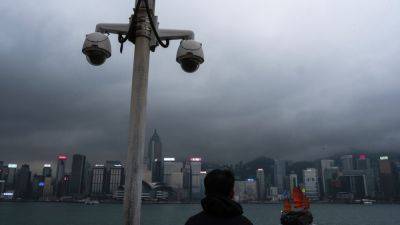Southeast Asia holds its breath for Chinese tourists’ long-awaited return: ‘this year will definitely be stronger’
On a recent weekend at the 16th century Tha Phae Gate in Chiang Mai, Chinese influencers could be seen dressed in elegant evening gowns, scattering corn kernels to draw in pigeons that were startled almost as soon as they’d landed, their fluttering wings creating the perfect wistful social-media moment framed by an ancient monument.
“Ninety-per cent of my customers are Chinese,” said Picharnyut Rodjananon, 44, one of the photographers capturing the scene. “This year is the best by far [since the pandemic] as there are more Chinese tourists coming in and they just spend more. They don’t bargain or complain …. they only want me to take more photos for them. It’s a great part-time gig.”
By the end of this year, Thai authorities are optimistic that a record 40 million visitors will have arrived from overseas – with the number of Indian, Korean and European tourists also surging – surpassing the pre-pandemic tally and cementing Thailand’s status as the undefeated champion of Southeast Asian tourism.
Economists at HSBC said in a research note last month that they believed “Chinese citizens are still willing to spend on travel-related experiences” despite the “macroeconomic headwinds” at home. “We think travel-related spending could continue to outpace … overall domestic consumption,” they said.
Last year, only 3.5 million Chinese tourists visited Thailand, while the number in Malaysia was even more paltry: a little under 1.5 million, less than half the 3.1 million who went in 2019 and a far cry from the 5 million target set by the government for 2023.
01:13
Bridge in China swamped with tourists during Lunar New Year holiday
In total, Malaysia welcomed some 20.1 million foreign visitors last year, earning the country 71.3 billion







